
Key Trends in Web Development for 2024
- blog.kaafex.com
- 9 January 2024
- AI
- 1 Comment
As we approach 2024, the web development sector continues to evolve at an astonishing pace. Staying abreast of key trends is crucial for developers, businesses, and technology enthusiasts alike.
Responsive Design: More Vital Than Ever
In 2024, responsive design is more critical than ever. With a myriad of devices available to users, from smartphones to large desktop monitors, websites must seamlessly adapt to various screen sizes. This adaptability ensures a consistent and enjoyable user experience, irrespective of the device. Responsive design goes beyond mere aesthetics; it’s about functionality, accessibility, and providing an optimal viewing experience. As mobile usage continues to soar, the importance of responsive design in SEO, user engagement, and conversion rates is undeniable, making it an indispensable element of modern web development.
The Rise of Progressive Web Apps (PWAs)
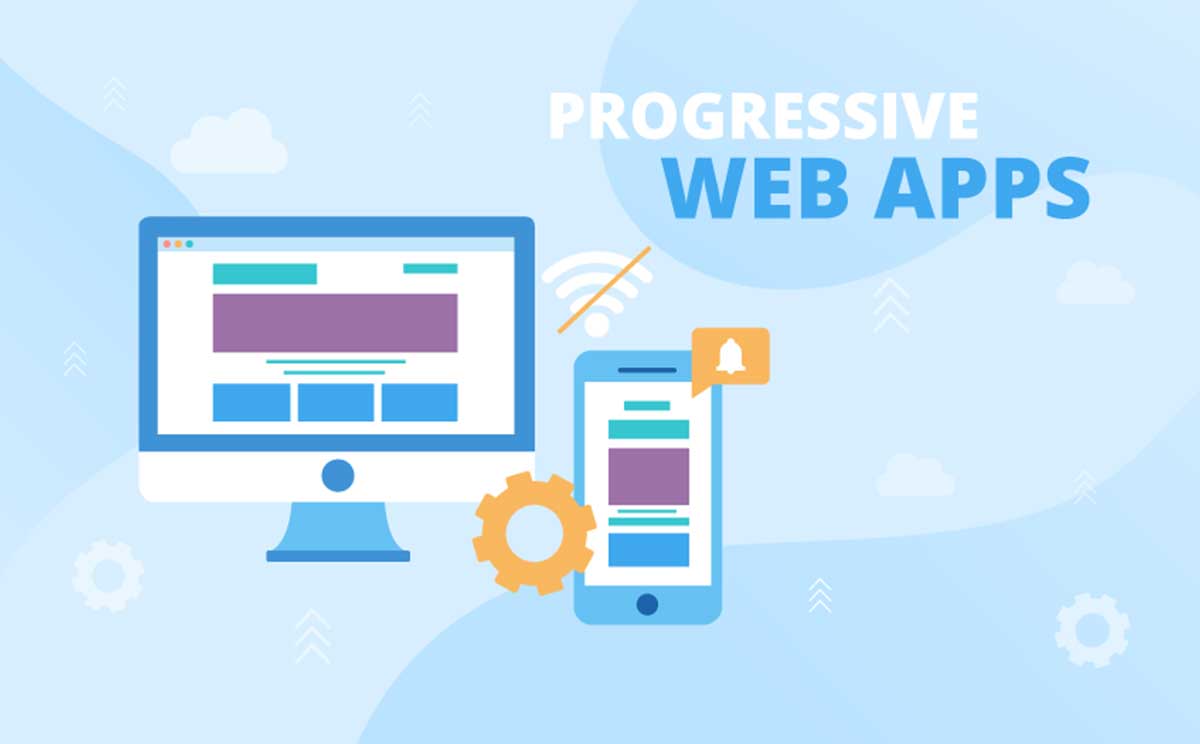
Progressive Web Apps (PWAs) are redefining the mobile experience. Combining the best of web and mobile apps, PWAs offer the responsiveness and interactivity of native apps with the accessibility and ease of a website. In 2024, they are a key trend in web development, delivering fast, reliable, and engaging user experiences. PWAs work offline, load quickly, and can be added to the home screen, making them an excellent choice for improving user engagement and satisfaction. Their rise is fueled by the need for businesses to provide seamless, app-like experiences directly from the web.
AI and Machine Learning Integration
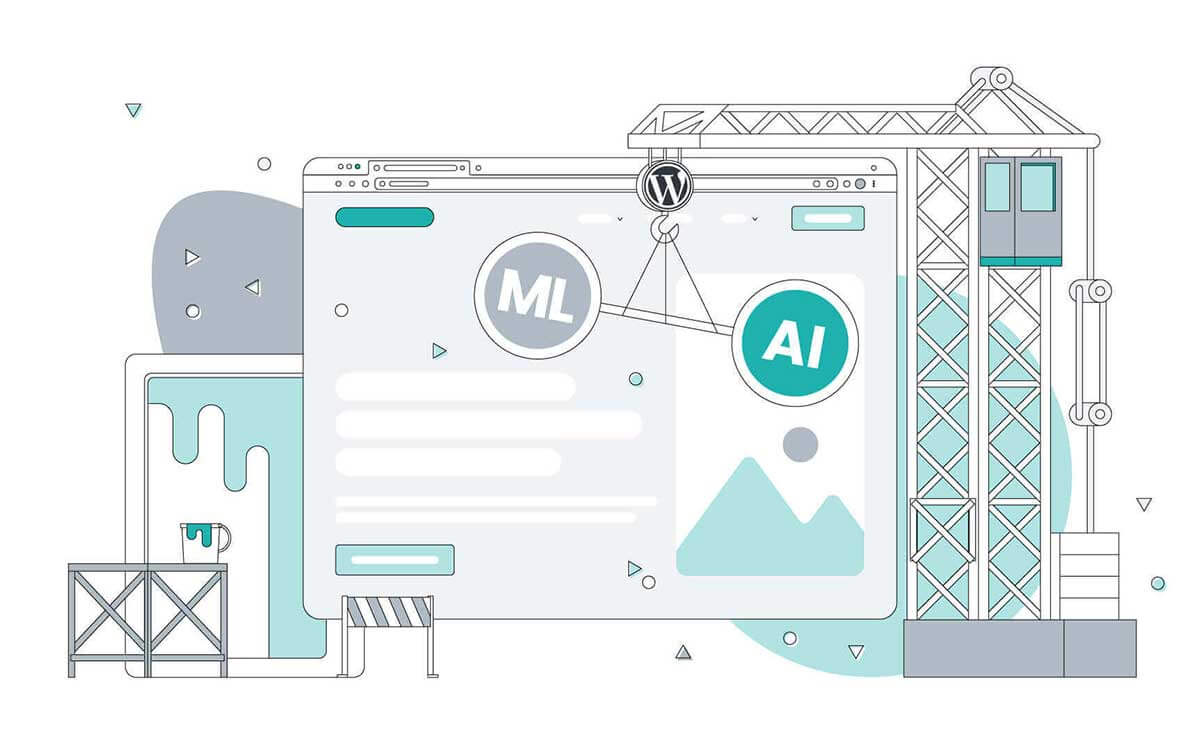
The integration of AI and machine learning in web development is revolutionizing the way websites are built and interact with users. In 2024, AI algorithms are being used to personalize user experiences, analyze user data, and automate tasks. Machine learning models are predicting user behavior, providing insights for better decision-making, and enhancing the overall user experience. This integration is not just about making websites smarter; it’s about creating intuitive, user-centric platforms that learn and adapt to user needs, offering tailored content and interactions, thereby setting new standards in user engagement and satisfaction.
Voice Search Optimization

As voice technology becomes increasingly prevalent, optimizing for voice search is a critical trend in web development. In 2024, websites are being optimized for voice queries, which tend to be longer and more conversational than typed searches. This optimization involves structuring content to answer questions directly, improving page load speed, and ensuring mobile-friendliness. Voice search optimization enhances accessibility and user experience, particularly for mobile users and those using voice-assistive technologies. It’s not just about being found in voice searches; it’s about providing concise, relevant answers that improve user experience and engagement.
API-First Design Approach

The API-First design approach is becoming a cornerstone in web development strategies. This method prioritizes the development of APIs before the actual application, ensuring a more robust foundation for web and mobile applications. It facilitates seamless integration with other services and platforms, enhancing functionality and user experience. By focusing on APIs from the outset, developers can ensure consistency across various applications, making the system more scalable and maintainable. In 2024, this approach not only streamlines development processes but also aligns with the increasing demand for interconnected web services, making it an essential strategy for forward-thinking developers.
The Surge of Single-Page Applications (SPAs)
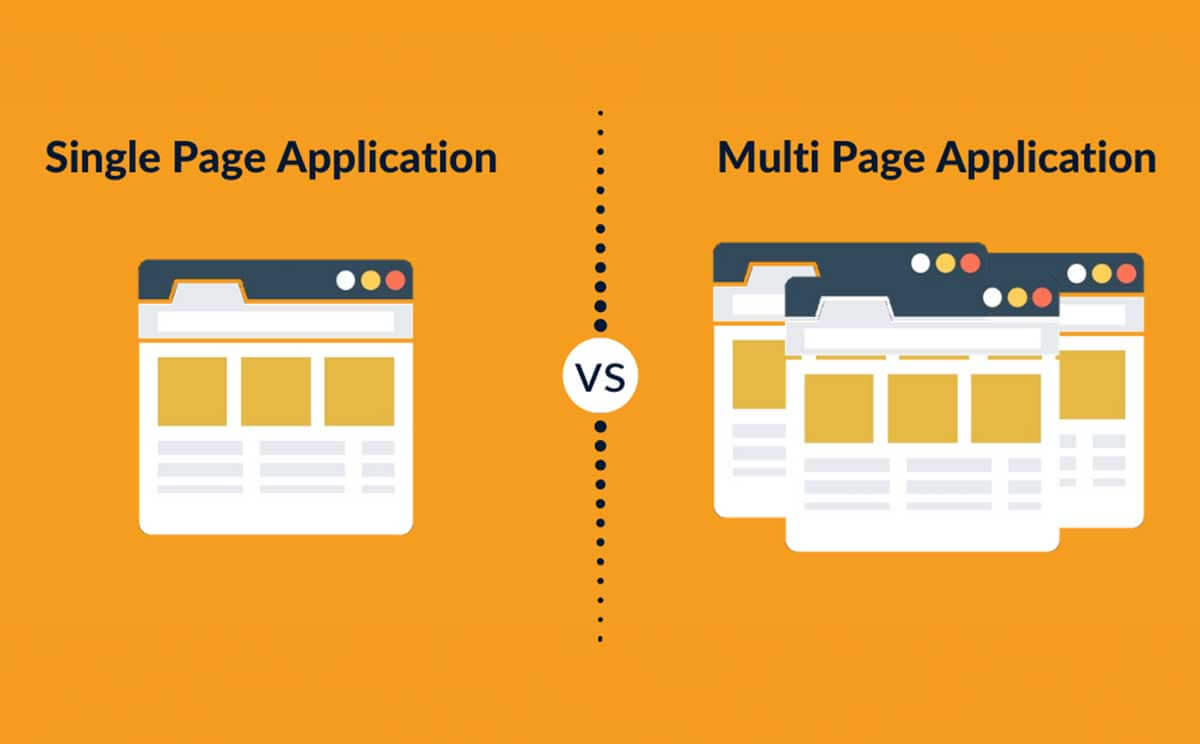
Single-Page Applications (SPAs) have surged in popularity, primarily due to their fast and fluid user experience. In an SPA, content loads dynamically, eliminating the need for reloading the entire page, thus offering a smoother, app-like experience. This structure is particularly advantageous for complex, interactive websites with rich user interfaces, like social media platforms and email clients. In 2024, SPAs continue to gain traction, as they reduce server load, decrease response time, and improve the overall user experience. Their ability to provide a seamless navigational experience makes them a go-to choice for modern web development.
Serverless Architecture: The New Norm

Serverless architecture is redefining web development paradigms in 2024. By abstracting the server layer, this architecture allows developers to focus solely on the frontend, leaving server management and infrastructure to cloud service providers. This approach significantly reduces development and operational costs, enhances scalability, and simplifies deployment processes. Serverless architectures are especially beneficial for businesses that experience variable or unpredictable web traffic, as they offer high scalability and cost-efficiency. As this technology matures, it’s becoming the new norm for building scalable, efficient web applications that can adapt to changing business needs.
Motion UI: Enhancing User Experience
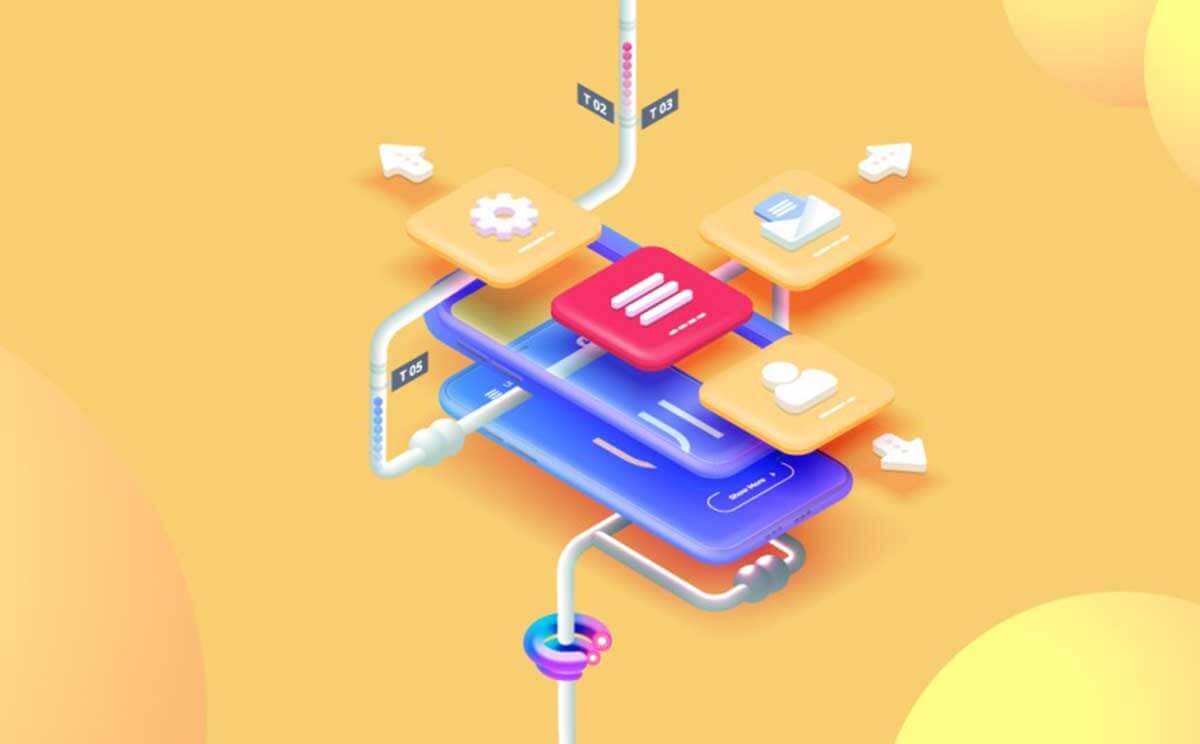
Motion UI in 2024 is an emerging trend that significantly enhances user experience on websites. By incorporating animated elements and transitions, Motion UI makes interactions more engaging and intuitive. This visual feedback is crucial in guiding users through a website, making the interface feel alive and responsive. It’s not just about aesthetics; it’s about creating a user interface that communicates effectively, reduces cognitive load, and makes the user journey smoother. Motion UI is particularly effective in grabbing user attention, conveying information, and adding a layer of sophistication to the overall design, making web applications more interactive and enjoyable.
Dark Mode: Aesthetic and Functional
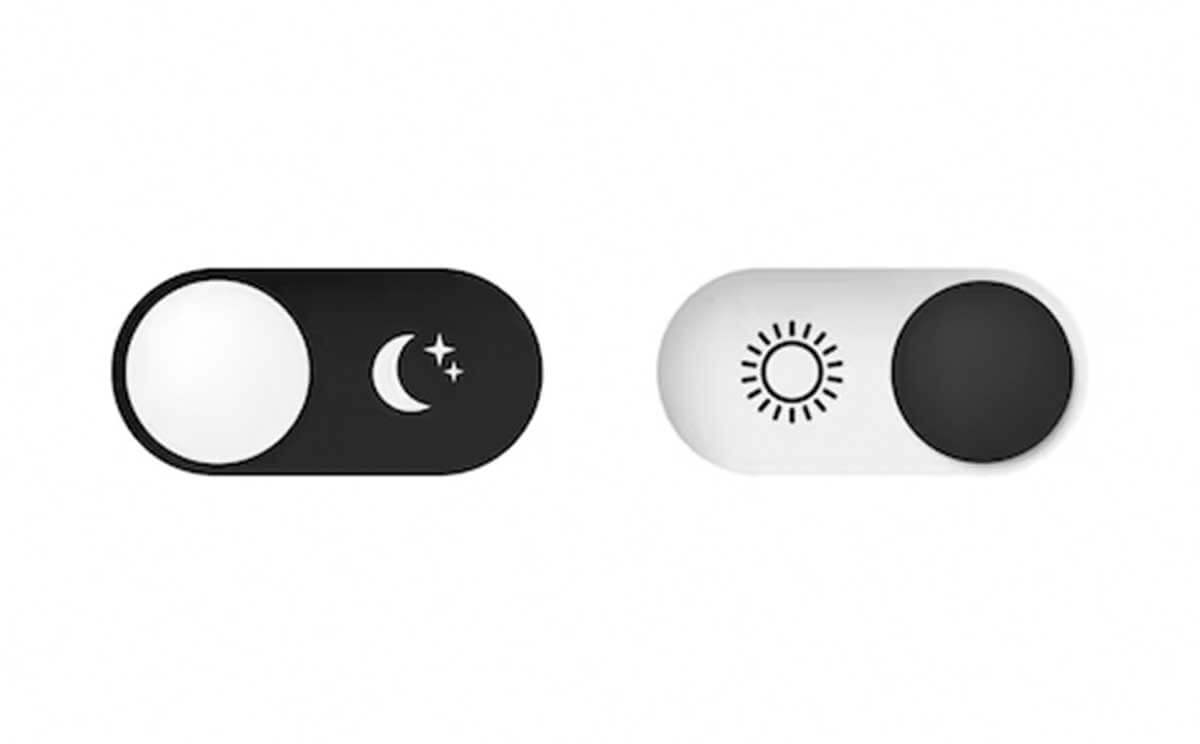
Dark mode has transcended beyond being just a trend to a key feature in web design. In 2024, it’s highly valued for its aesthetic appeal and functional benefits. Dark mode offers a visually pleasing alternative to the traditional bright interfaces, reducing eye strain in low-light conditions and potentially saving on screen energy consumption. It’s particularly popular among users who spend long hours in front of screens, providing a comfortable and stylish user experience. Moreover, dark mode can improve the visibility of other design elements, making it a functional choice for various web applications.
Conclusion: Preparing for the Future of Web Development As we look towards 2024, these key trends in web development are shaping a future that is more interactive, efficient, and user-centric. For developers and businesses alike, staying informed and adaptable is crucial for harnessing the full potential of these advancements. The future of web development is bright, and it promises to bring an array of innovative, user-friendly, and robust web applications.



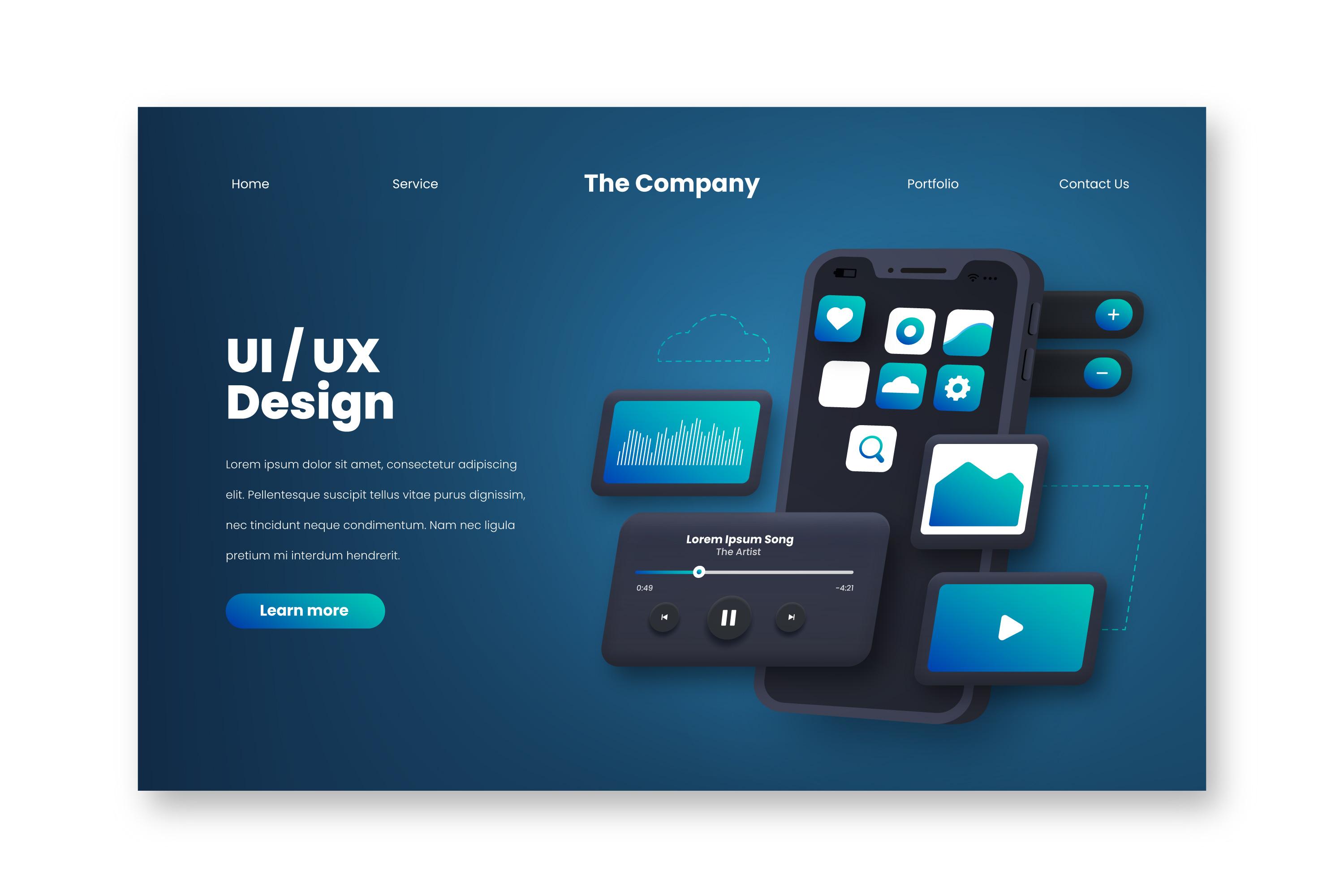
escape room
Very nice info and straight to the point. I don’t know if
this is really the best place to ask but do you folks have
any ideea where to get some professional writers? Thank you
🙂 Escape room